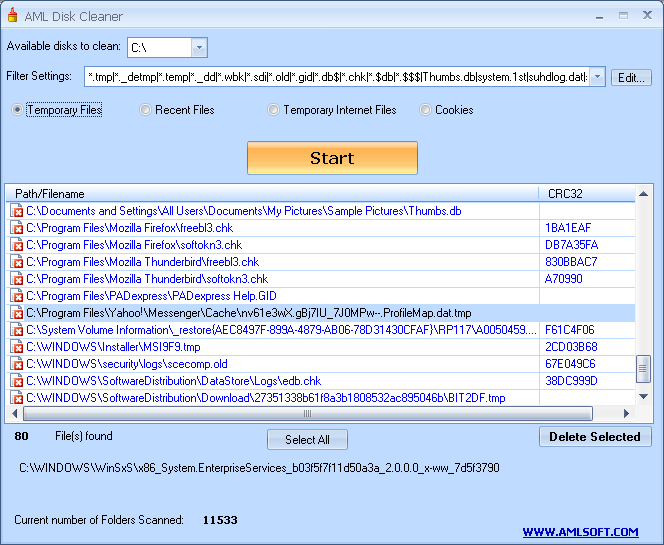

Those wishing to use the RND may sign up for a one-month subscription, a three-month subscription, or a six-month subscription. The RND will offer six subscription tiers: Extra Small, Small, Medium, Large, Extra Large, and Jumbo. Interim usage charges for the RND announced: On October 1, 2021, following completion of a successful beta test, the Consumer and Governmental Affairs Bureau announced the initial interim usage charges for subscriptions to the RND.Small providers required to report permanently disconnected numbers: On October 15, small providers began reporting permanently disconnected numbers to the administrator. Now all providers are required to report disconnected numbers to the administrator each month. (10/16/21).

The database reaches over 150 million telephone numbers: As of October 17, the database contains over 152 million geographic and toll-free numbers. (10/18/21).1, 2021, the FCC hosted a webinar at fcc.gov/live to educate callers and caller agents about the RND. Video of the webinar and the slides shown during the event are now available on the event page.


If the database wrongly indicates that the number has not been reassigned, the caller may be protected against TCPA liability when placing the call. The Reassigned Numbers Database can be found at How Can the Reassigned Numbers Database Help?Ĭallers can check before making a call to find out if the phone number may have been reassigned. Callers can use the database to determine whether a telephone number may have been reassigned so they can avoid calling consumers who do not want to receive the calls.Ĭallers that use the database can also reduce their potential Telephone Consumer Protection Act (TCPA) liability by avoiding inadvertent calls to consumers who have not given consent for the call. The FCC's Reassigned Numbers Database (RND) is designed to prevent a consumer from getting unwanted calls intended for someone who previously held their phone number.
FREE CALLER REGISTRY DOWNLOAD
Watch Video | Download Slide Presentation


 0 kommentar(er)
0 kommentar(er)
